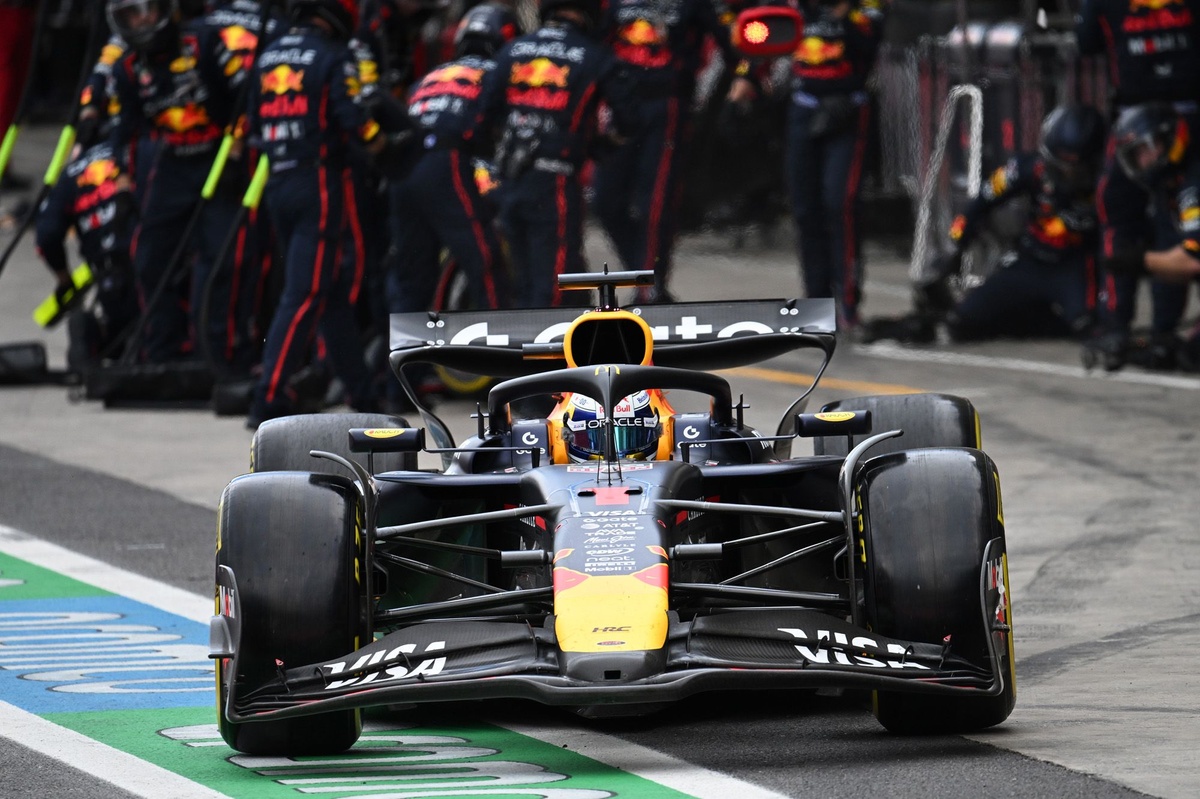Formula 1 Eyes Change to Avoid Repeat of Past Dominance as 2026 Rules Take Shape
As Formula 1 prepares for a significant shift to new power unit regulations in 2026, concerns loom over the potential for a repeat of past dominance, particularly similar to Mercedes‘ near-unassailable grip on the championship since the introduction of hybrid engines in 2014. Team principals are already anxious about ensuring the competition remains fierce and equitable.
How F1 Plans to Avoid “Misery and Humiliation” in 2026 Rules
FIA director Nikolas Tombazis has emphasized the need for a catch-up mechanism to aid underperforming teams and manufacturers. This necessity arises from the restrictions imposed by the cost cap, designed to maintain fairness across the grid. "We don’t want to have somebody who’s eternally condemned to misery and humiliation," Tombazis remarked, highlighting the challenges faced by new entrants in a highly competitive arena.
The Need for Fair Competition
With Audi’s recent management shake-up and worries about their power unit development, the urgency for equitable regulations has been brought into sharp focus. The proposed catch-up mechanism aims to facilitate additional development opportunities for struggling manufacturers, ensuring they can remain competitive without resorting to unbounded spending.
Learning from the Past: The Case of Honda
Tombazis pointed to Honda’s initial failures in delivering a competitive hybrid power unit as a cautionary tale. While Honda’s resurgence in partnership with Red Bull has showcased their engineering prowess, it also underscores the pitfalls of entering F1 without the necessary resources and expertise. "If they had not been able to spend a bit more money during that period, maybe they would not have managed to catch up," he stated.
Next Steps for the 2026 Regulations
At a recent F1 Commission meeting, stakeholders agreed on the principle of catch-up mechanisms, although specifics have yet to be finalized. Discussions include allowing additional dyno testing and potential budget cap concessions, paralleling the existing aerodynamic testing regime wherein top teams face more stringent constraints.
Balancing Cost-Cutting and Competitive Spirit
The path forward requires careful consideration of both cost control and technological freedom. As manufacturers attempt to maximize performance gains, the delicate equilibrium between spending and maintaining a level playing field remains a pressing concern. Tombazis affirmed the FIA’s role in navigating these discussions, mindful of both competitive integrity and financial sustainability.
Conclusion
As Formula 1 gears up for the 2026 regulations, the need for balance in competition and development is more critical than ever. By addressing historical imbalances and implementing fair provisions, F1 aims to create a landscape where all teams and manufacturers can thrive, thereby enhancing the excitement and unpredictability that fans cherish.





